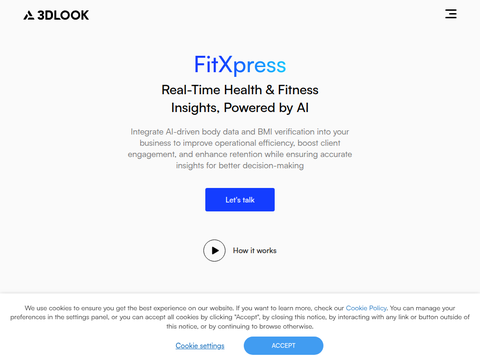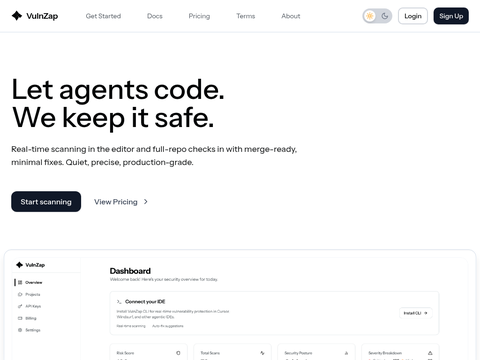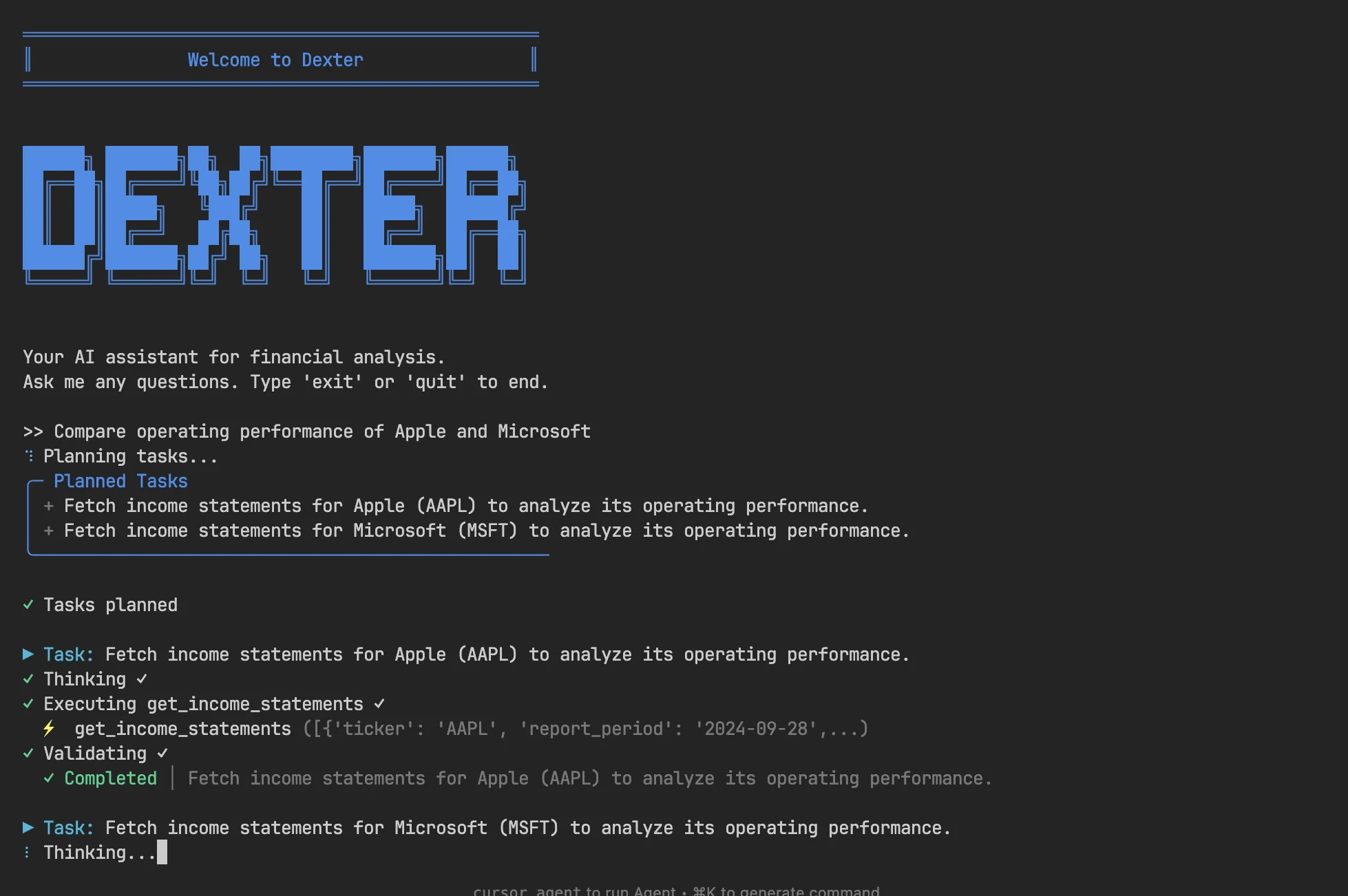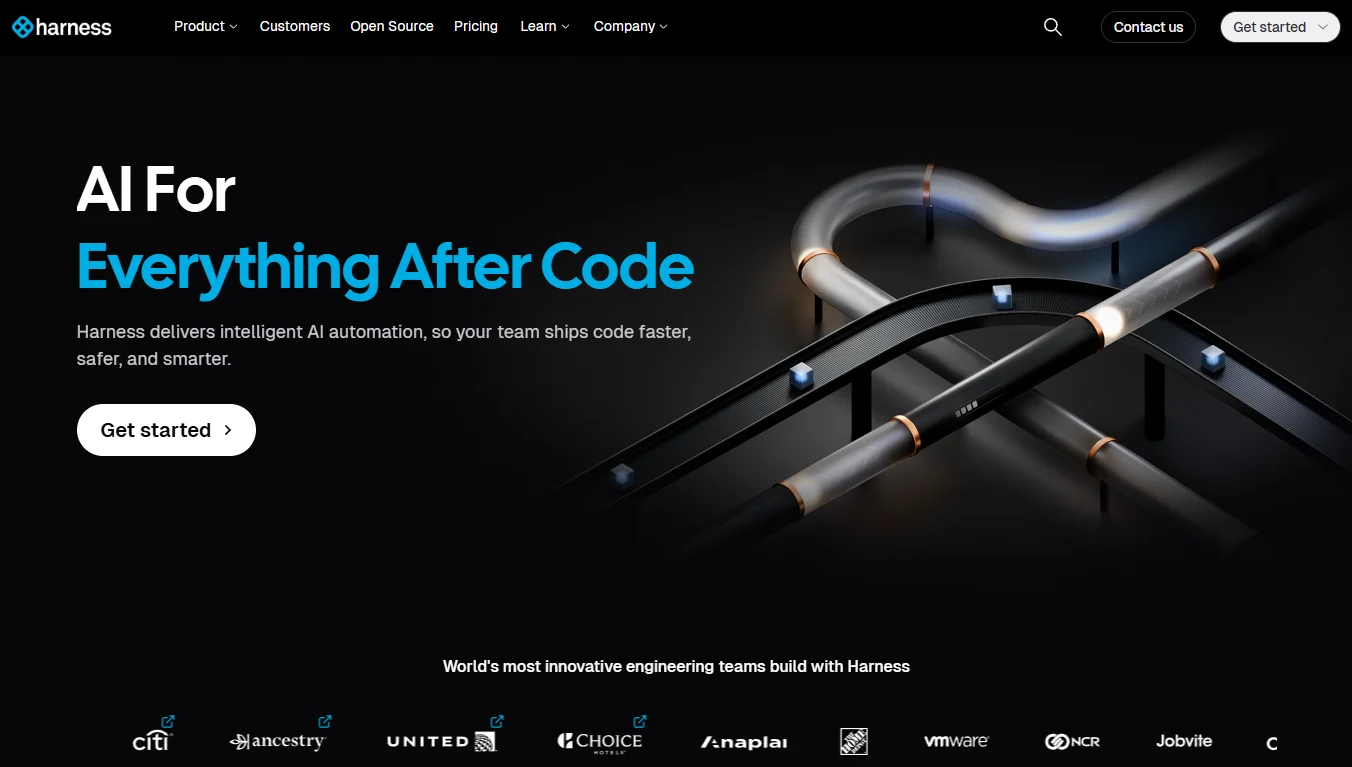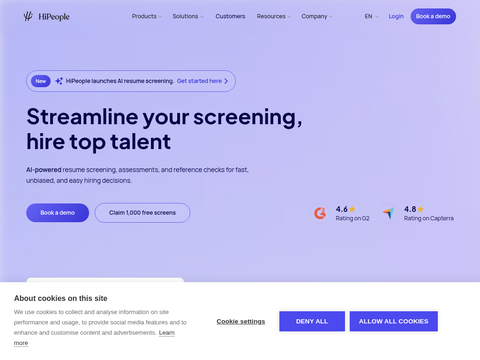Figma is deepening its integration of Google's generative AI into the platform. The company plans to leverage Gemini 2.5 Flash, Gemini 2.0, and Imagen 4 to accelerate image generation and editing while maintaining enterprise governance. According to preliminary tests, the latency for the "generate image" feature has been reduced by approximately 50%.
This move expands Figma’s existing partnership with Google Cloud, placing Google's latest AI models at the core of everyday design tasks: creating brand-compliant images, removing backgrounds cleanly, and enhancing the quality of rough assets—all without leaving the design canvas. Figma noted that the integration will be available to customers with AI access, indicating the presence of organizational-level controls.
Why Gemini 2.5 Flash? Google positions it as a cost-effective workhorse with strong context-processing capabilities—ideal when prompts require product specifications, brand rules, or prior iterations. This becomes particularly significant at scale, where millisecond differences across thousands of prompts can accumulate into measurable productivity gains.
In terms of image quality, Imagen 4 steps in with improved typography and photorealism. For enterprises, built-in watermarking and verification features are especially important. These capabilities allow teams to track origins and meet growing demands for disclosure without requiring additional tools.
Data handling remains critical. Figma’s admin settings enable organizations to activate AI features and choose whether their content is used for model training—an important control point frequently requested by chief information officers during procurement. If you're managing regulated workflows or handling sensitive creative assets, these default settings and toggles matter more than any model name.
Figma has been steadily incorporating AI across its tech stack—from layer renaming and text translation to search and image tools—while learning from past missteps. After pausing the "generate design" feature in 2024 due to homogeneity concerns, the company's recent updates favor human-centric, safety-oriented AI integration—providing structured context to AI tools and agents instead of relying solely on pixel-based inference. Today’s collaboration with Google aligns with this strategy: faster, more governed assistance rather than flashy one-click layouts.
For executives making tool decisions, the takeaway is clear: this integration shortens asset creation time within Figma, aligns with enterprise governance standards, and integrates seamlessly with the Google Cloud technology stack already used by many teams. Pricing details for AI usage will depend on Figma’s plan configurations, but the trend is unmistakable—designers and related teams will increasingly expect high-fidelity image manipulation directly within their workflows, eliminating the need to switch to standalone applications.


